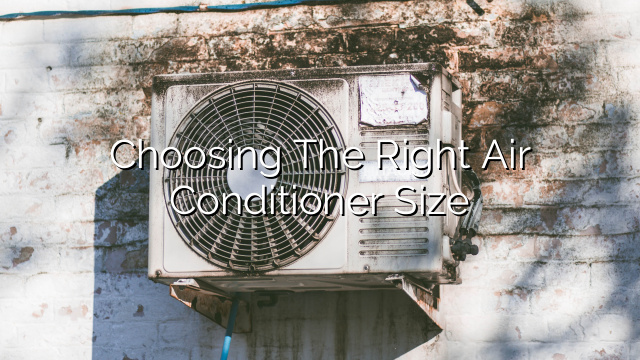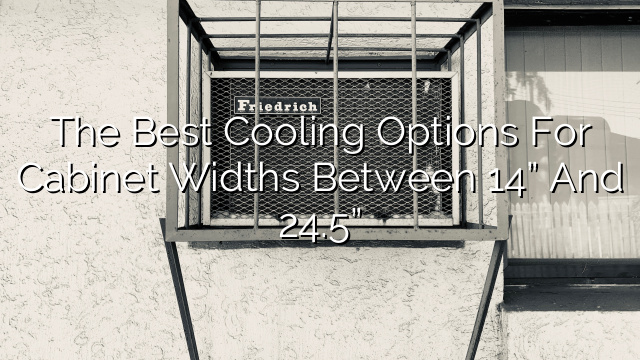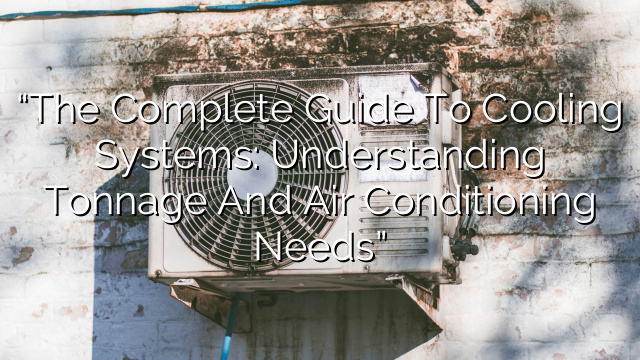Introduction
Welcome to “The Ultimate Guide to Cooling and Heating BTU’s: Everything You Need to Know about Air Conditioning Systems”. In this guide, we will explore the world of cooling and heating BTU’s and how they are crucial in choosing the right air conditioning system for your needs. Whether you are looking to cool a small room or a large commercial space, understanding BTU’s is key to achieving optimal comfort and energy efficiency.
What are BTU’s?
BTU stands for British Thermal Unit, and it is a unit of measurement used to quantify thermal energy. In the context of air conditioning systems, BTU’s refer to the cooling and heating capacity of the system. Essentially, it measures the amount of heat the system can add or remove from the air in an hour.
Cooling BTU’s
When it comes to cooling, BTU’s refer to the amount of heat the air conditioning system can remove from the air in an hour. It is important to choose a system with the right cooling BTU’s for the space you want to cool. If the cooling capacity is too low, the system will struggle to reach the desired temperature, leading to poor cooling performance. On the other hand, if the cooling capacity is too high, the system will cool the space too quickly without properly removing humidity, leading to a clammy and uncomfortable environment.
When determining the cooling BTU’s required for a space, consider factors such as the size of the room, the number of people in the room, the amount of natural sunlight, and the level of insulation. As a general rule of thumb, a 10,000 BTU air conditioner can cool a room of approximately 400-450 square feet. However, it is best to consult with an HVAC professional to accurately calculate the cooling BTU’s needed for your specific space.
Heating BTU’s
In addition to cooling, air conditioning systems can also provide heating. Heating BTU’s refer to the amount of heat the system can add to the air in an hour. It is crucial to consider the heating BTU’s when choosing an air conditioning system, especially if you live in a region with cold winters.
The heating BTU’s required for a space depend on factors such as the climate, the size of the room, the level of insulation, and the desired temperature. It is important to choose a system with sufficient heating capacity to ensure that the space is comfortably heated during the colder months.
Choosing the Right Cooling and Heating BTU’s
Choosing the right cooling and heating BTU’s is essential for achieving optimal comfort and energy efficiency. If the system is too small, it will struggle to cool or heat the space effectively. On the other hand, if the system is too large, it will consume more energy than necessary.
To determine the appropriate cooling and heating BTU’s for a space, consider the following factors:
- Room Size: Measure the length and width of the room in square feet.
- Insulation: Consider the level of insulation in the room. Poor insulation may require a higher BTU rating.
- Location: Evaluate the climate of the area. Hotter climates may require higher cooling BTU’s, while colder climates may require higher heating BTU’s.
- Usage: Determine the purpose of the space and the number of people who will be using it. Spaces with more heat-generating appliances or occupancy may require higher BTU ratings.
Once you have considered these factors, consult with an HVAC professional to accurately calculate the cooling and heating BTU’s required for your space. They have the expertise and tools to perform a load calculation that takes into account all the necessary variables.
Common Cooling and Heating BTU Capacities
Air conditioning systems come in various cooling and heating BTU capacities to cater to different spaces and needs. Here are some common capacity ranges and their recommended applications:
- 30,000 BTU – 60,000 BTU: Suitable for small to medium-sized rooms, such as bedrooms and living rooms.
- 60,000 BTU – 90,000 BTU: Ideal for larger rooms or open concept spaces, such as open-plan offices or conference rooms.
- 90,000 BTU – 150,000 BTU: Designed for commercial spaces, such as restaurants, retail stores, or warehouses.
It is important to note that these ranges are general guidelines, and specific calculations should be made for each space to determine the exact cooling and heating BTU’s needed.
Energy Efficiency and SEER Ratings
In addition to considering the cooling and heating BTU’s, it is equally important to take into account the energy efficiency of the air conditioning system. Energy efficiency is measured by the Seasonal Energy Efficiency Ratio (SEER), which indicates the cooling output of a system divided by its energy consumption over a typical cooling season.
When choosing an air conditioning system, look for a higher SEER rating. Higher SEER ratings signify greater energy efficiency, leading to lower electricity bills and reduced environmental impact. The Department of Energy recommends a minimum SEER rating of 14 for residential air conditioners.
FAQs
1. What happens if I choose an air conditioning system with a lower BTU rating than what is required?
Choosing an air conditioning system with a lower BTU rating than what is required can result in poor cooling or heating performance. The system will struggle to reach and maintain the desired temperature, leading to discomfort.
2. Can I use a portable air conditioner to cool a large room?
While portable air conditioners can effectively cool small to medium-sized rooms, they may not be suitable for cooling larger rooms or open concept spaces. In such cases, a central air conditioning system or multiple units may be a more suitable option.
3. How often should I clean or replace the air filters in my air conditioning system?
It is recommended to clean or replace the air filters in your air conditioning system every 1-3 months, depending on the usage. Dirty filters can restrict airflow and reduce the efficiency of the system.
4. How can I improve the energy efficiency of my air conditioning system?
To improve the energy efficiency of your air conditioning system, you can:
- Seal air leaks in your home to prevent cool or warm air from escaping.
- Ensure that your home is well-insulated to minimize heat transfer.
- Use programmable thermostats to regulate temperature settings based on your schedule.
- Maintain regular maintenance and cleaning of the system.
5. Should I install an air conditioning system on my own?
It is recommended to have a professional HVAC technician install an air conditioning system. They have the knowledge and expertise to ensure proper installation and optimize the performance of the system.
Conclusion
Understanding cooling and heating BTU’s is essential for choosing the right air conditioning system for your needs. By considering factors such as room size, insulation, location, and usage, you can accurately determine the cooling and heating BTU’s required for your space. Additionally, evaluating the energy efficiency of the system through SEER ratings can lead to greater energy savings and environmental benefits. Remember to consult with an HVAC professional to ensure accurate calculations and optimal system performance. Stay cool or warm with the right BTU’s!












